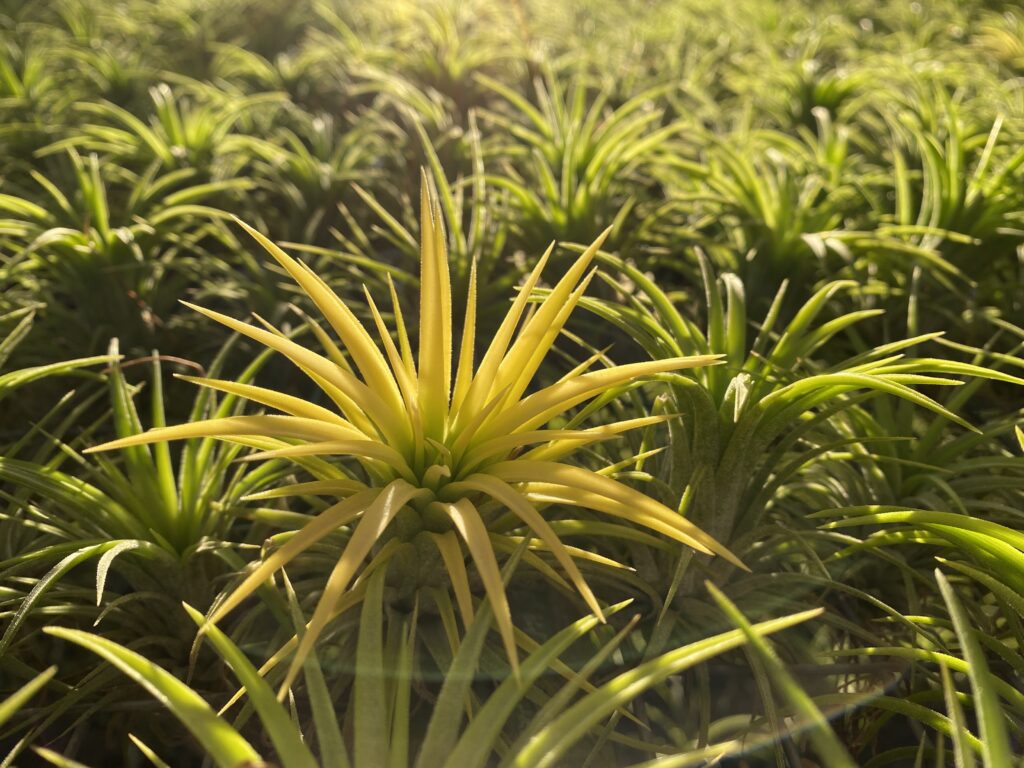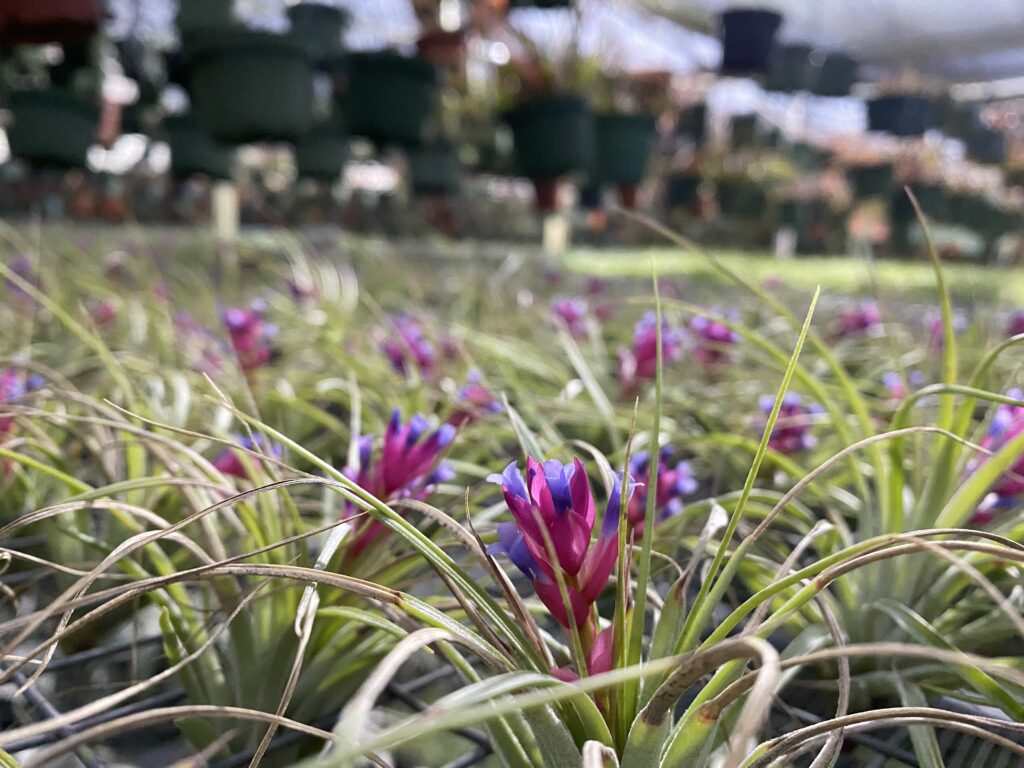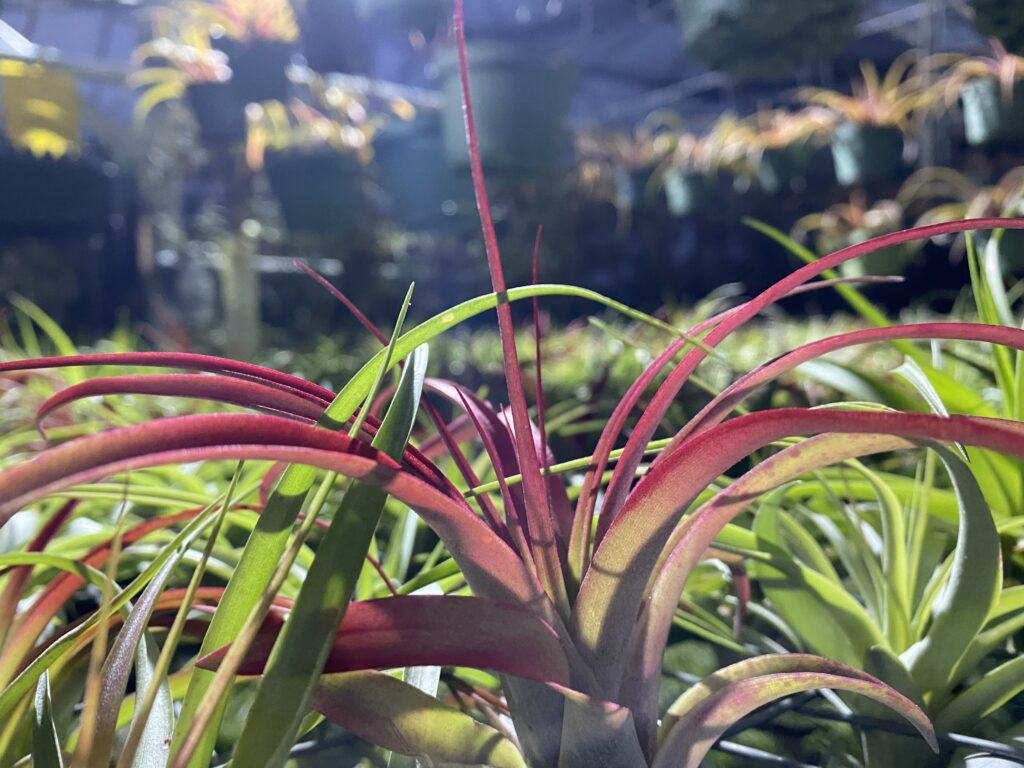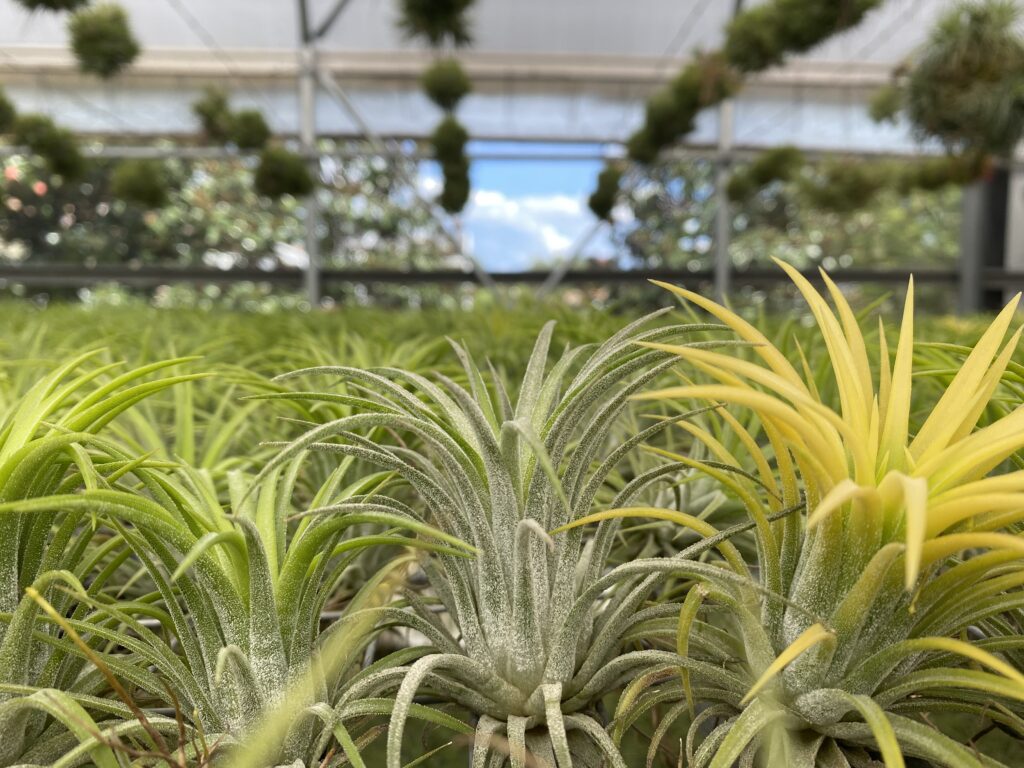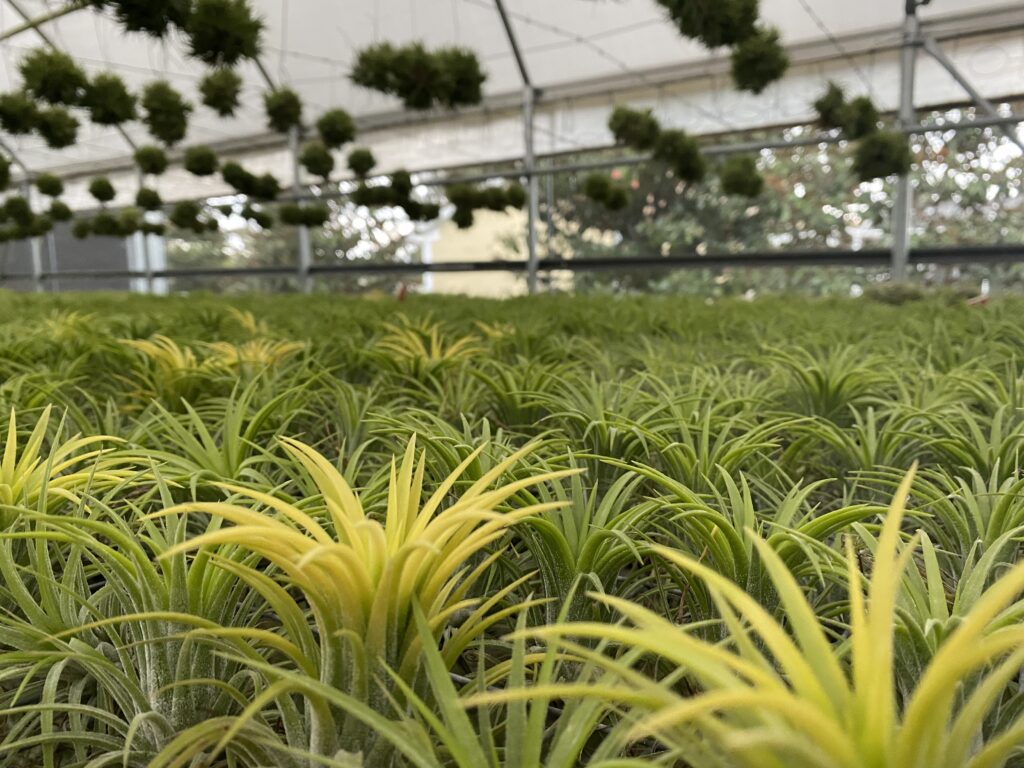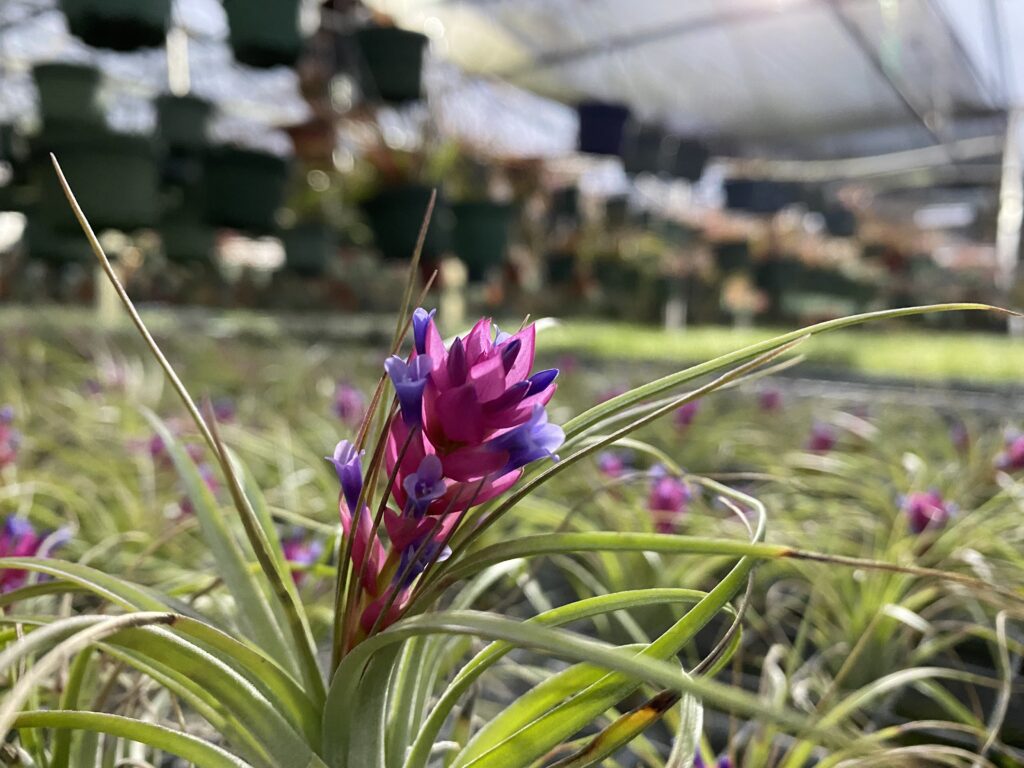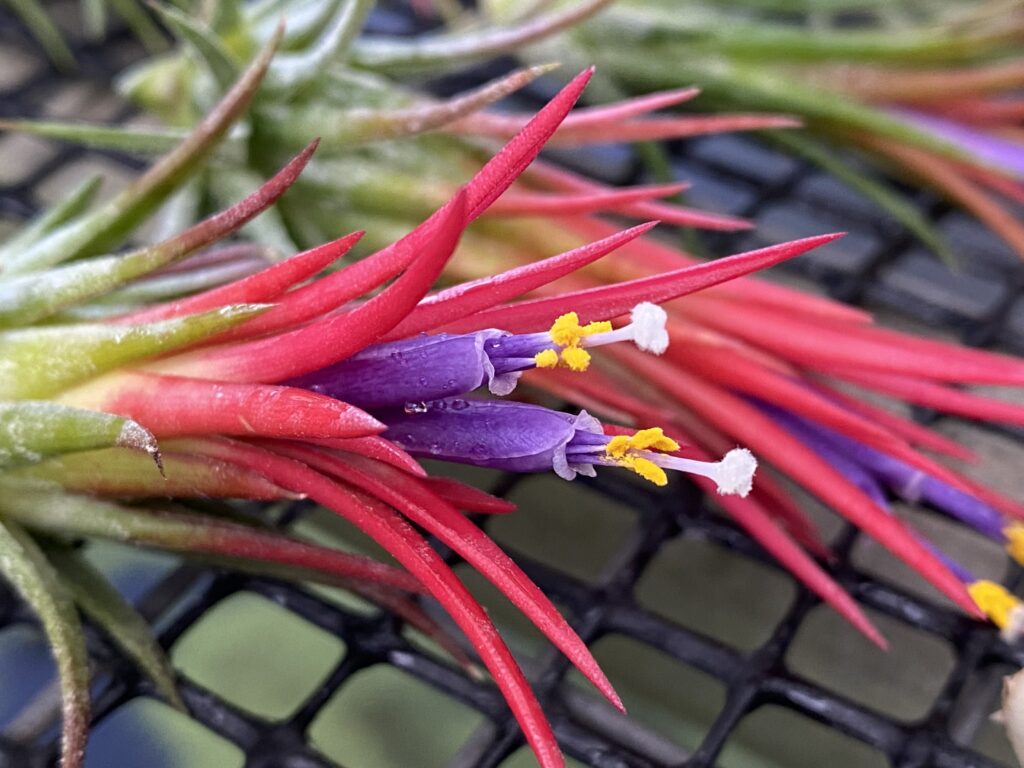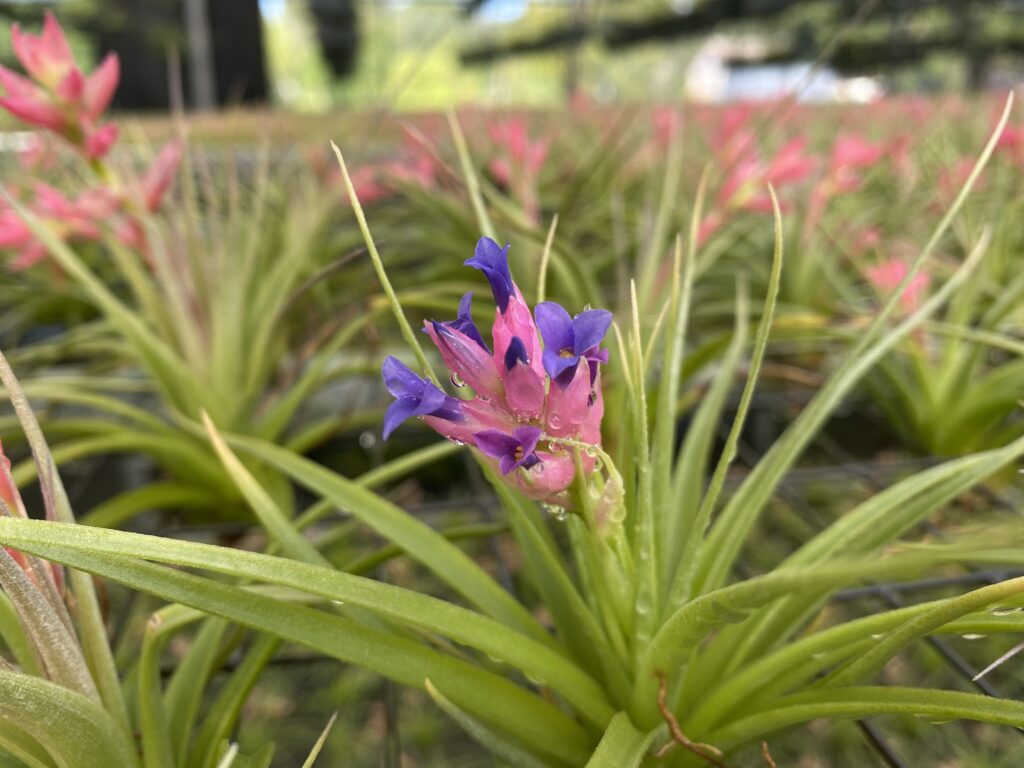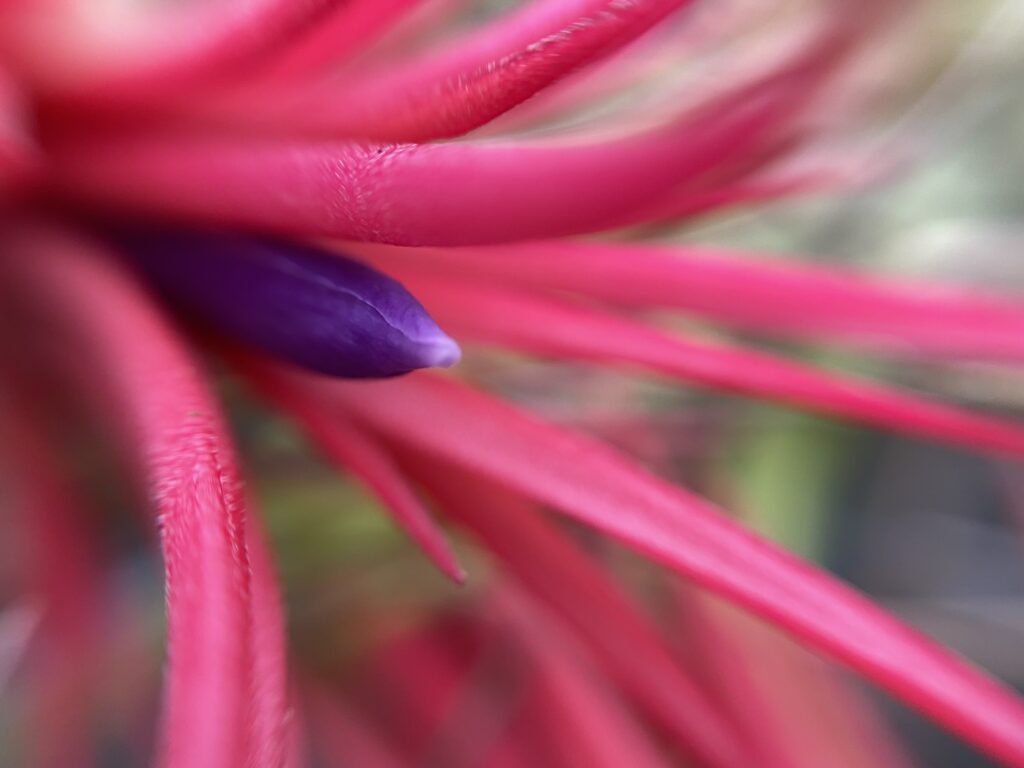



WHAT ARE AIR PLANTS (TILLANDSIA)?
Air Plants, also known as Tillandsia, are a type of epiphytic plant that grows without soil. They absorb water and nutrients directly through their leaves, using their roots only to anchor themselves to surfaces like trees, rocks, or wood. Native to tropical and subtropical regions, Air Plants are loved for their unique appearance, low maintenance, and versatility in displays. With just proper light, airflow, and occasional watering, they can thrive almost anywhere, from terrariums to hanging arrangements.
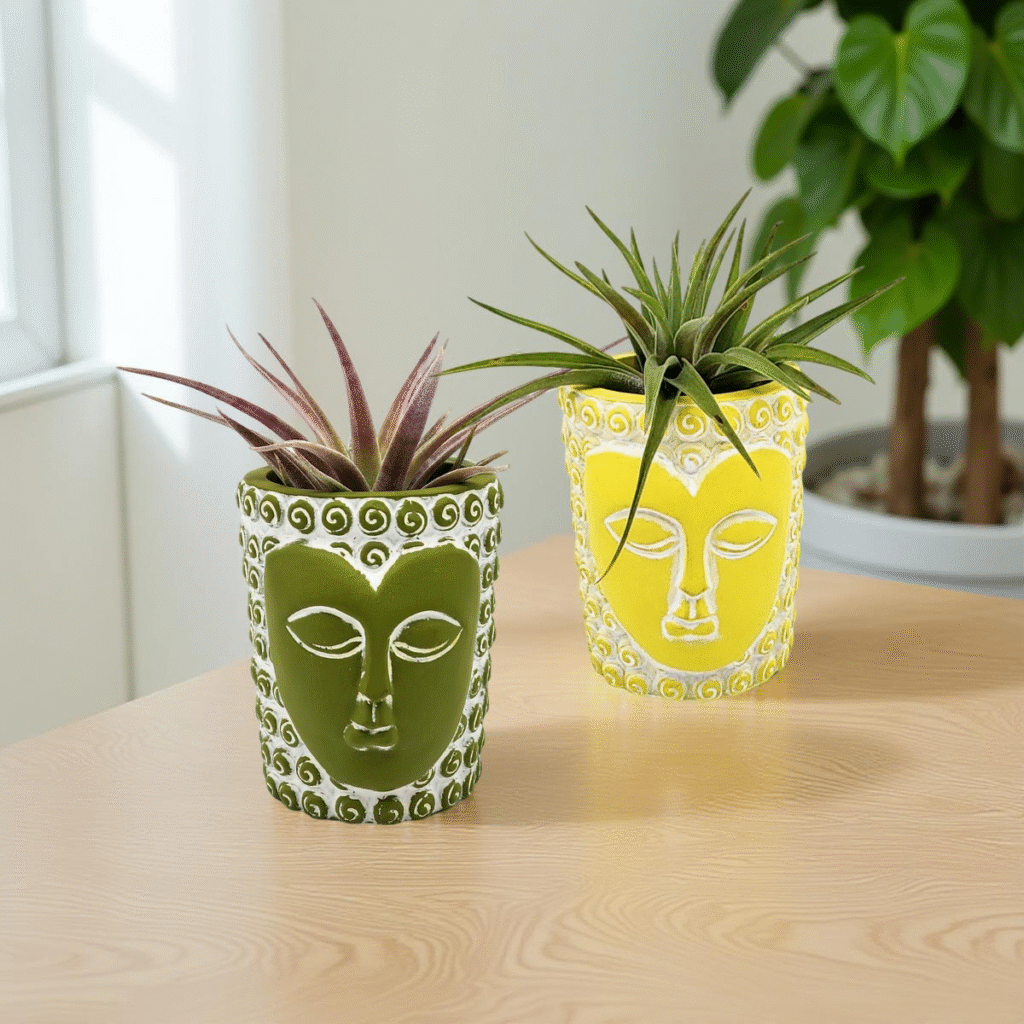
NO SOIL
Air Plants are remarkable because they grow completely without soil. Instead of relying on roots to absorb nutrients, they take in moisture and nourishment directly through their leaves. This unique trait allows them to thrive in a wide variety of creative displays, no potting mix or dirt required.
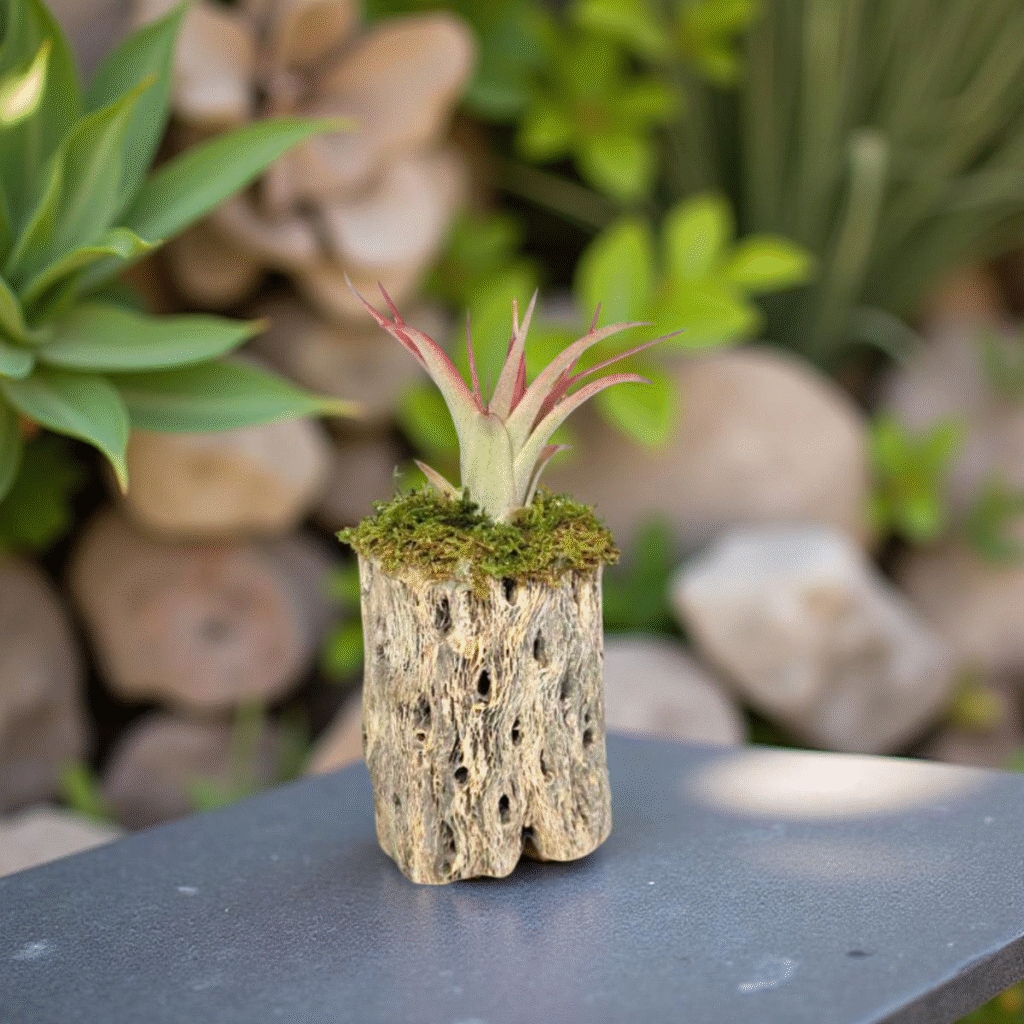
VERSATILE
They are incredibly versatile, adapting beautifully to almost any environment. They can be displayed in glass terrariums, mounted on driftwood, hung in creative arrangements, or used in décor pieces. Their ability to thrive without soil makes them perfect for limitless styling ideas.
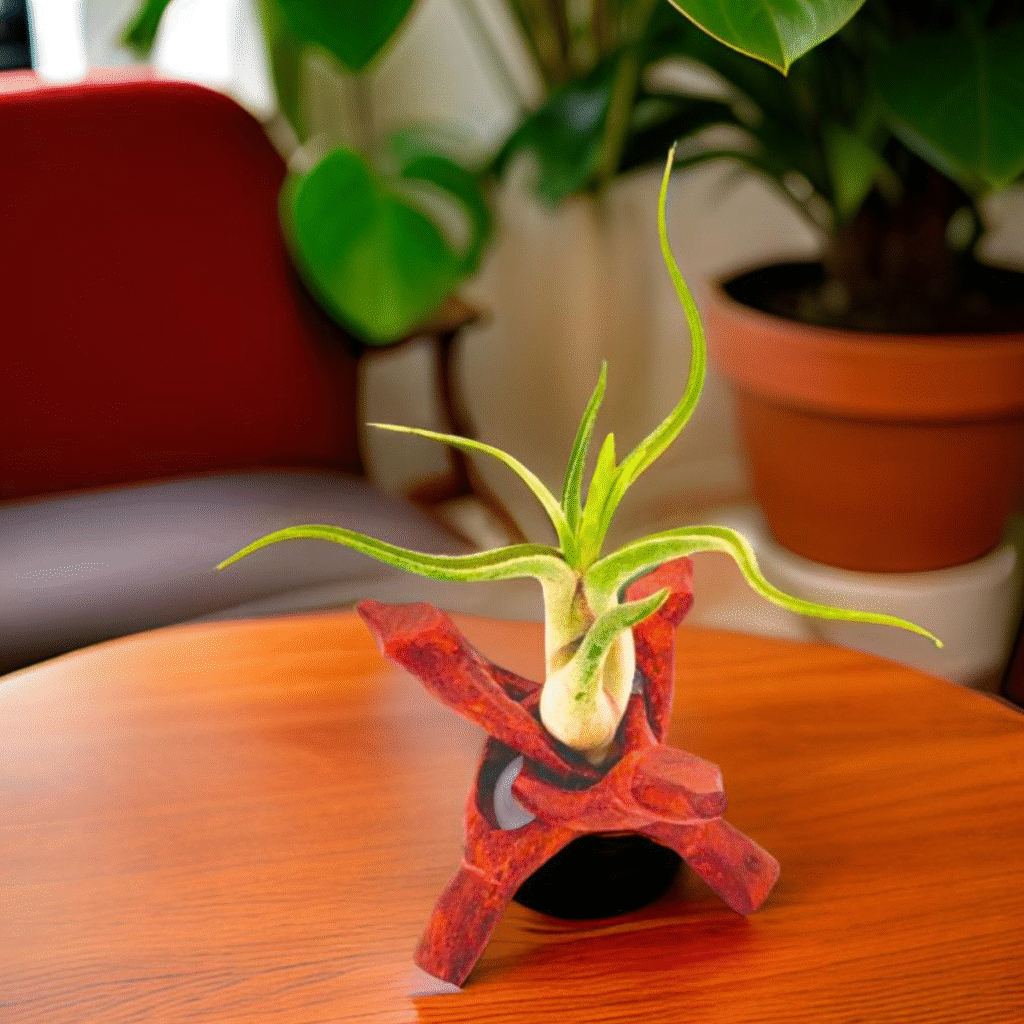
RESILIENT
Tillandsia are naturally resilient, able to thrive in a wide range of environments and settings. They can handle varying light levels, occasional neglect, and adapt quickly to new spaces. With just proper airflow, light, and hydration, they’ll continue to flourish beautifully.
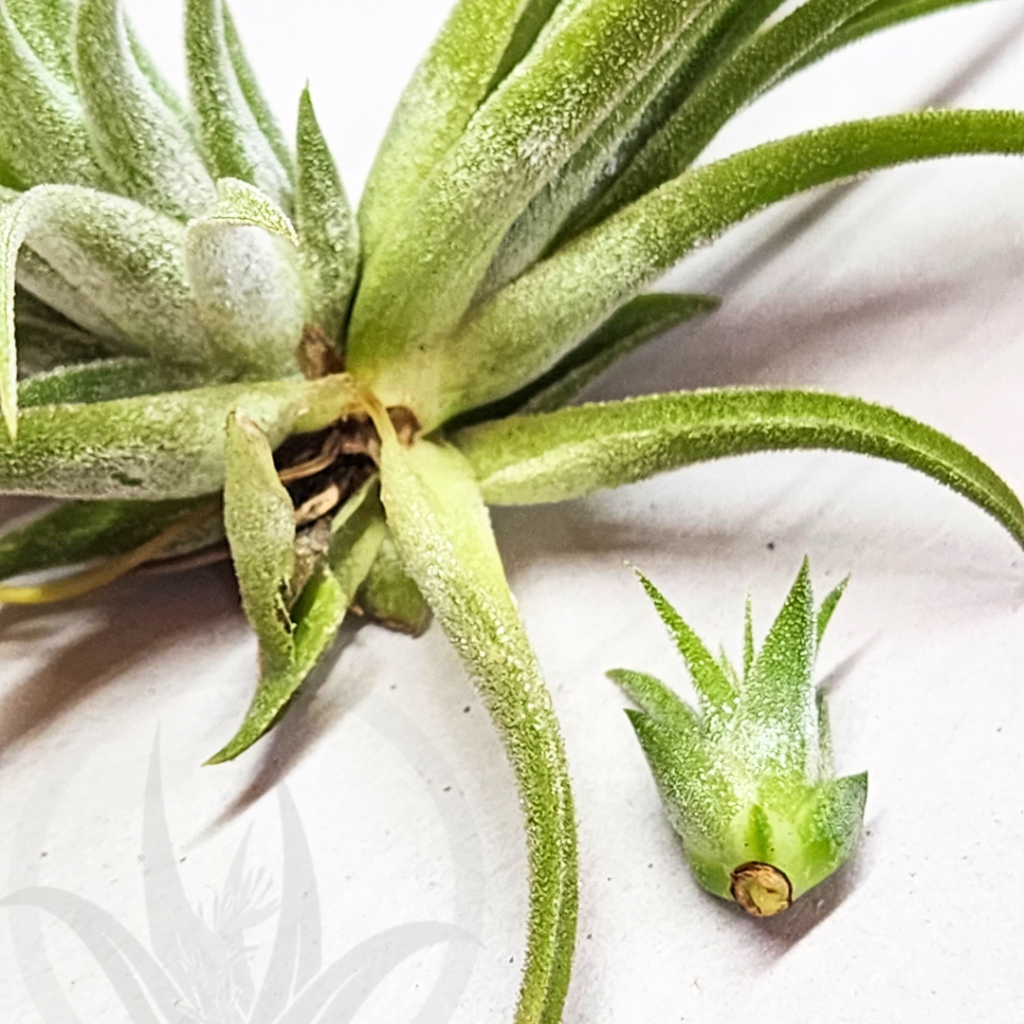
SELF-PROPAGATION
Air Plants are fascinating for their ability to self-propagate. After blooming, they naturally produce “pups”, small baby plants that grow from the base of the mother plant. Once mature, these pups can be gently separated and grown on their own. This natural life cycle allows your collection to expand effortlessly!
BENEFITS OF AIR PLANTS
Air Plants offer numerous benefits that make them a favourite among plant enthusiasts. They are low maintenance, compact, clean, and mess-free, with a unique aesthetic appeal that enhances any space. Known to improve air quality, boost mood and focus, and last for years, they’re also allergen-friendly and pet-friendly. Their creative display potential, beautiful blooms, easy mobility, educational value, sustainability, and year-round availability make them an exceptional choice for homes, offices, and décor of all kinds.

